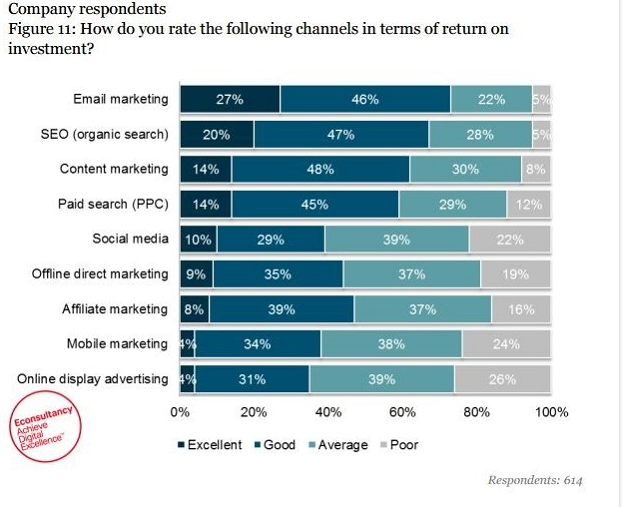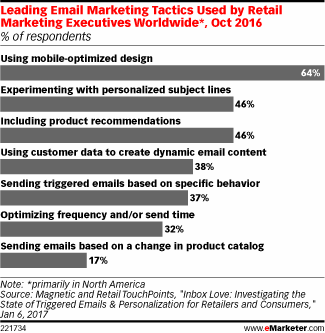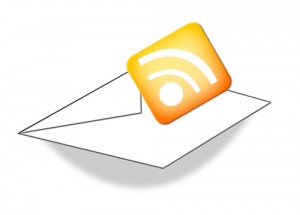One of the most memorable quotes about customer relationships I have read in recent years comes from The Elusive Fan by Irving Rein, Philip Kotler, and Ben Shields. In the book, the authors make a point that sports fans today are easier to reach but harder to engage than ever before. We have an abundance of tools to connect with a target audience. While getting to an audience is crucial, getting through to them to achieve desired results is proving to be far more challenging.
This characteristic of easier to reach, harder to engage is not limited to sports fans. Businesses in virtually every industry can say the same about their customers. New options for communicating with customers continue to emerge. The evolution of communication channels has the unfortunate effect of further fragmenting audiences. Thus, creating meaningful customer engagement that meets business objectives has become more challenging.
The Staying Power of Email
One communication channel that seemed to face an uncertain future is email. The strength of permission marketing via opt-in email was offset by problems including message overload, irrelevant messages, and an image crisis caused by spam, phishing, and Nigerian princes seeking to get into your wallet. Surprisingly, email has overcome these challenges to become a marketing star.
When it comes to delivering results, marketers are bullish on email. Digital marketing firm Econsultancy surveyed over 300 marketers in its annual Email Marketing Census last spring. When asked to rate different communication channels in terms of return on investment, email won going away.
Although channels like social media and mobile are like sleek, shiny toys, they do not deliver results on par with email according to marketers surveyed.
The Three Ts of Email Marketing
Why is email a cut above all other communication channels in marketers’ eyes? The answer is in three characteristics email possesses that set it apart from SEO, content marketing, and other channels included in the survey question. You could call these characteristics the “Three Ts”: targeting, timeliness, and track-able. It’s not that the other channels are devoid of these traits, but email tends to deliver against them more consistently.
- Targeting. Compiling email subscribers’ demographics, coupled with buyer behavior in the form of purchase history, enables sending communication to the right audience. The cleverest creative or unbelievably attractive offer does not matter much if they are not in tune with audience desires.
- Timeliness. Email is a flexible channel for creating and sending messages quickly to take advantage of marketing opportunities. A school holiday could be the catalyst for a restaurant’s email campaign to entice family visits.
- Track-able. The days of “half my advertising is wasted; the trouble is I don’t know which half” are gone. Tools to track marketing performance no longer give us a pass to spend and hope for the best. Email offers many metrics that shed light on how well (or poorly) a campaign performs.
No Offense, Mobile
One surprising result from the Email Marketing Census is the perceived ineffectiveness of mobile marketing. Only four percent of marketers surveyed said mobile was excellent for delivering ROI, tied for last with online display advertising (ouch!). Mobile possesses the three Ts of targeting, timeliness, and track-able, too. Some mobile marketing advocates bristled at the findings of the Econsultancy survey, suggesting that marketers’ attachment to email was based on outdated thinking.
Why would mobile rate so low on marketers’ list of channels ability to deliver ROI? One reason could be many of these same marketers are still trying to figure out how to make mobile work for them. An encouraging sign is email design for mobile is gaining in importance. A survey of retailers last fall found using mobile-optimized design was the top email marketing tactic used (64% reported adopting the tactic).
This statistic, along with recognition of that mobile has become the number one platform for checking email, will undoubtedly boost marketers’ motivation to become more adept at mobile marketing. Going forward, email and mobile should be viewed less as competing channels in favor of a complementary view.



